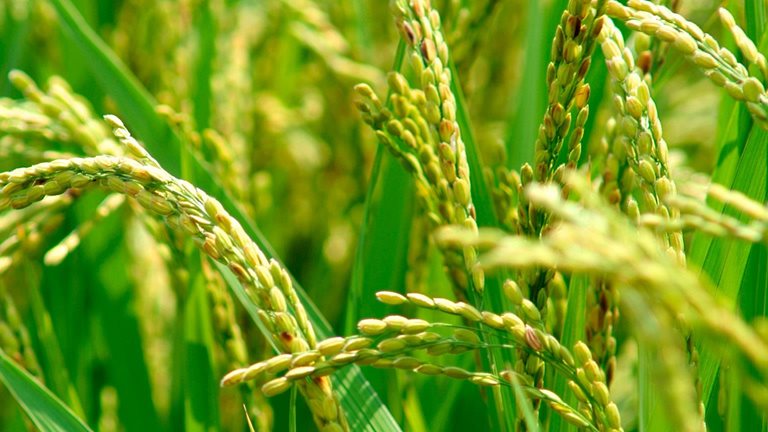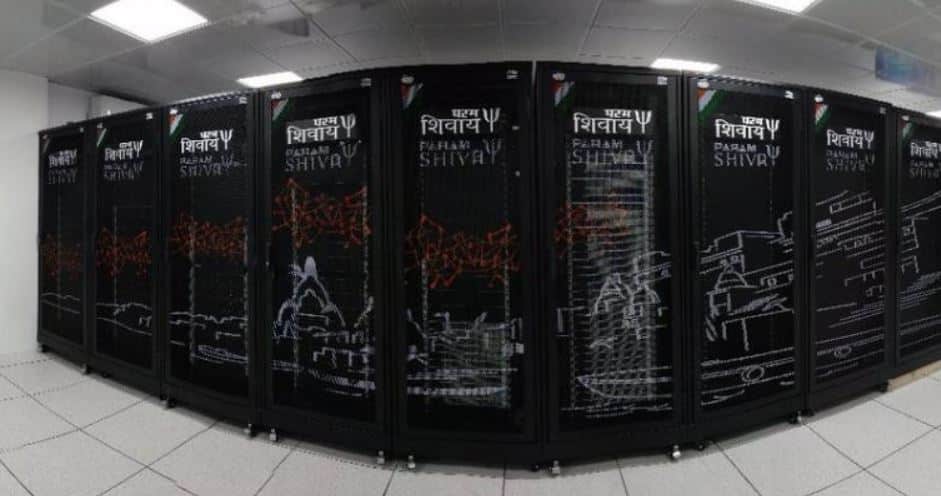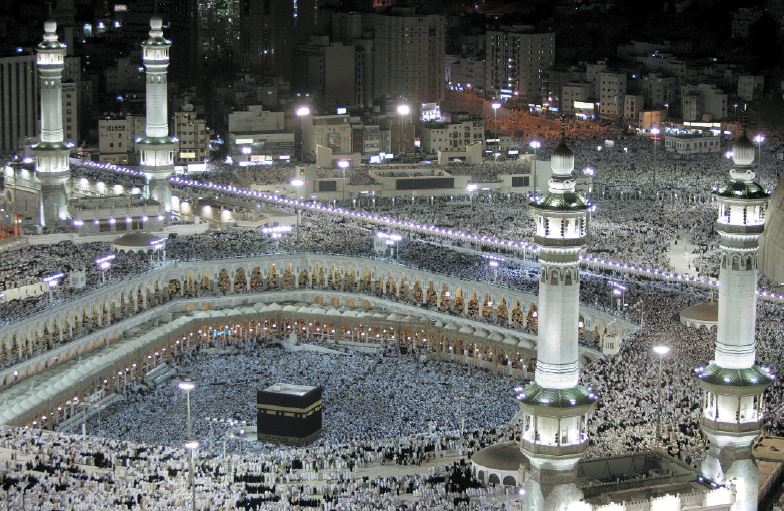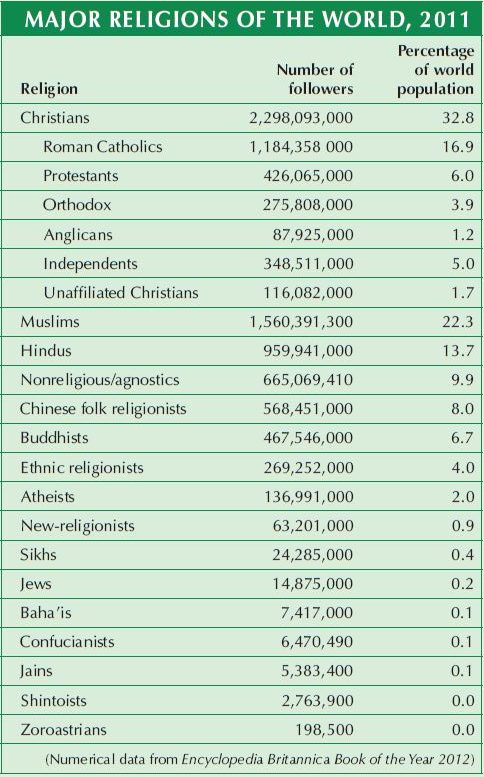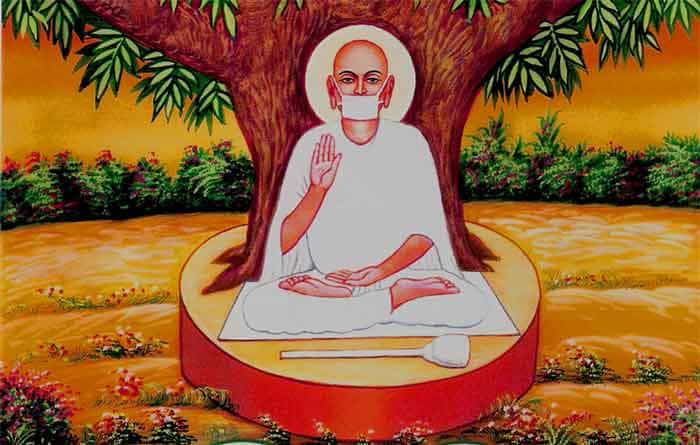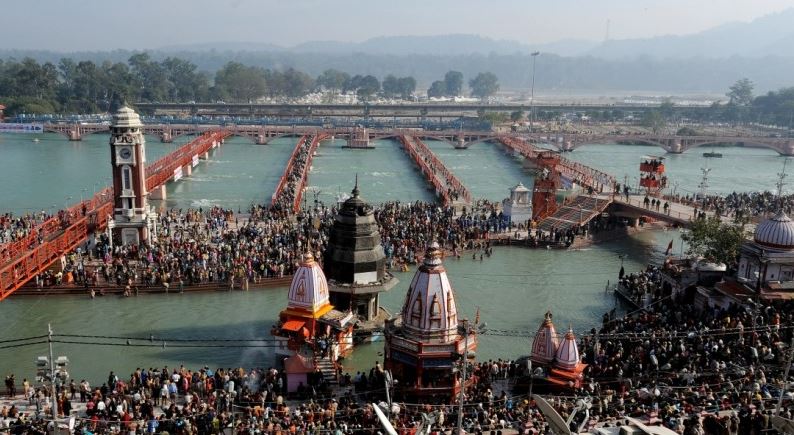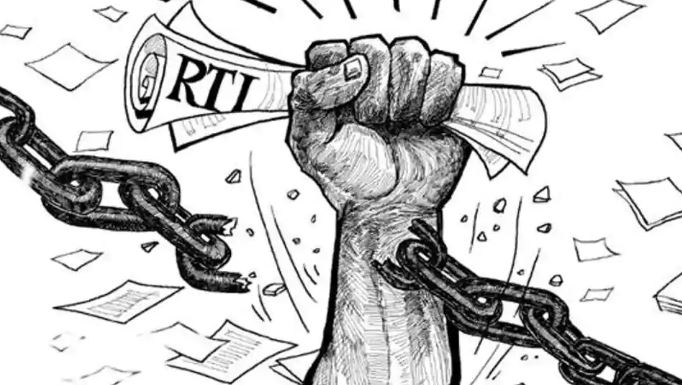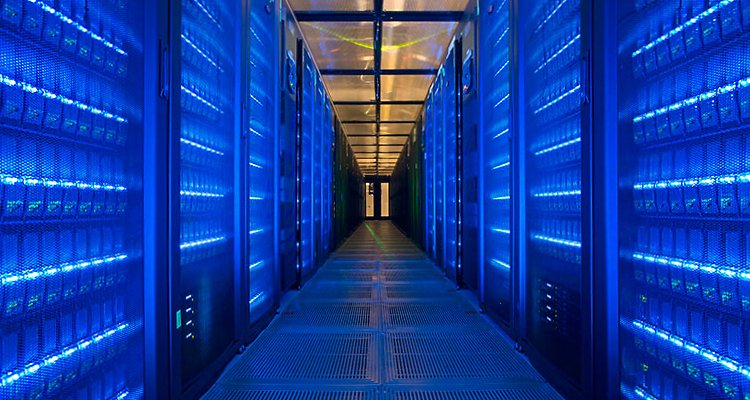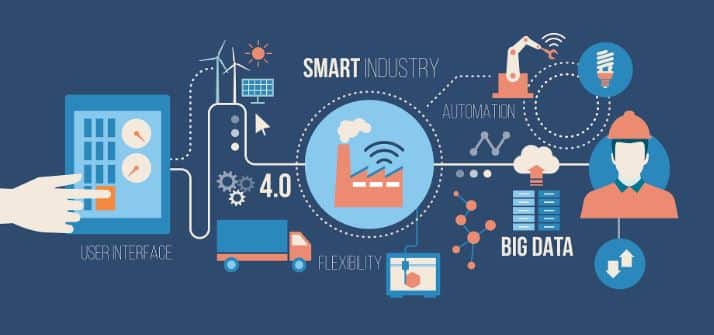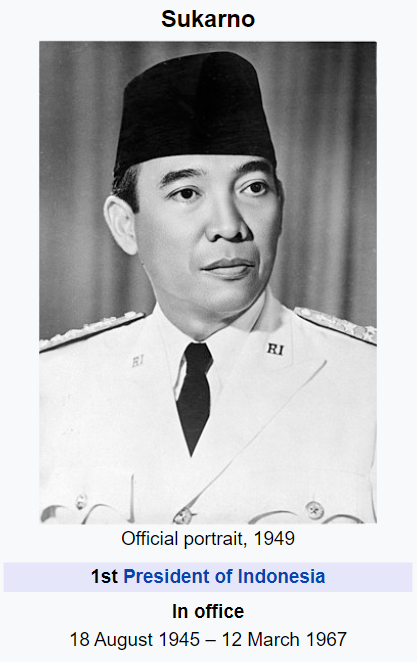Although it’s been debated for decades, the topic of tidal energy has dominated the headlines of late. What is it, what benefits does it offer and what’s the potential for its future use? Where does India’s Tidal energy potential lie? Read the article to know more about tidal power. India has a coastline of approximately 7,500 kilometers and experiences significant tidal variations, making it a potential candidate for harnessing tidal energy. While tidal energy is in its early stages of development in India, there have been efforts to explore its potential as a renewable energy source. The energy from nature- the sun, the wind, waves, tides, etc. can be converted into a usable form. We can make use of the energy from tides as a source of renewable energy.
What is Tidal Energy?
Tidal energy is produced by the gravitational interaction of the Earth, the sun, and the moon, which causes the tides to rise and fall naturally. Tidal waters can be used to make electricity by forming a reservoir or basin behind a barrage and then sending them through turbines in the barrier. Tidal energy is formed by the movement of tides and seas, and the intensity of the water from the rise and fall of waves is a type of kinetic energy. A tidal generator converts the energy of tidal flows into power. It is gravitational hydropower that creates electricity by using the movement of water to propel a turbine. Tidal power is a form of renewable energy that harnesses the kinetic and potential energy of ocean tides to generate electricity.
How does Tidal Energy generate power?
Tides are caused by the gravitational interactions between the Earth, the Moon, and the Sun, resulting in the rise and fall of water levels in oceans and seas. Tidal energy is generated by capturing the movement of water during these tidal cycles. Oceanic tides are used to generate electricity by building floodgate dams across sea/ocean inlets. During high tide, water flows into the inlet and is trapped when the gate is closed. The floodgate’s retained water is piped back to the sea. After the tide falls outside the floodgate, this water is sent via a turbine that generates electricity.
Methods of Harnessing Tidal Energy
There are two main methods of harnessing tidal power:
Tidal Stream Generator
Tidal stream generators, like wind turbines, utilize the kinetic energy of moving water to power turbines. These turbines are placed on the seabed in areas with strong tidal currents. As the tides flow in and out, the movement of water causes the turbines to rotate, generating electricity. Tidal stream systems can be installed in areas such as tidal channels, straits, and estuaries. Some tidal generators can be fitted into existing bridge constructions or be fully buried. High velocities can be generated at specific sites by land constrictions such as straits or inlets, which can be captured using turbines. Horizontal, vertical, open, and ducted turbines are all available.
Tidal Barrage
Tidal range systems like tidal barrages and tidal lagoons take advantage of the potential energy difference between high and low tides. Tidal barrages generate potential energy by utilizing the difference in height (or hydraulic head) between high and low tides. Tidal barrages are large dams or barriers built across the entrance of an estuary or bay. Sluice gates and turbines are used to control the flow of water through the barrage, allowing water to flow in during high tide and releasing it during low tide to generate electricity.
Tidal Lagoon
Tidal lagoons are similar to barrages but are constructed within a bay, creating an enclosed area with a tidal range. A modern tidal energy design idea is to build circular retaining walls outfitted with turbines that can catch the potential energy of tides. The reservoirs built are similar to tidal barrages, but the area is artificial and there is no pre-existing ecology.
Advantages of Tidal Energy
Tidal energy is a renewable resource, as tides are caused by the gravitational forces of the Moon and the Sun, which are predictable and consistent. As technology progresses, tidal energy will become more economical and efficient. These systems typically have lower environmental impacts compared to fossil fuel-based power generation. They do not produce greenhouse gas emissions or air pollutants. It defends against coastal floods because of its stability under varied design situations. Tidal lagoons can absorb storm surges and waves once every 500 years. Tidal power equipment and infrastructure have a significantly longer lifespan and are less expensive than other renewable technologies.
Limitations
The construction of tidal power facilities is now more expensive because of the significant capital needs. Tidal barrages can impact local ecosystems by altering water flow and sediment distribution. They can also affect fish migration patterns. The main environmental issues are the impacts of blades on fish seeking to enter the lagoon, auditory output from turbines, changes in sedimentation processes, and habitat alteration. Maintenance and repair of equipment can be complex. Energy demand is restricted. Powerful tides only occur on average for 10 hours per day, tidal energy storage capacity must be built. It is challenging to offer tidal energy to coastal areas since the energy of the tides is typically a long distance from where the electricity would be needed inland.
Tidal Energy Potential in India
India’s coastline has several locations with strong tidal currents and significant tidal ranges, particularly in the Gulf of Cambay (Khambhat) in Gujarat and the Gulf of Kutch. These areas have been identified as having the highest tidal energy potential in the country. The tidal cycle is caused by the moon’s gravitational influence and occurs every 12 hours. The difference in water height between low and high tide is referred to as “potential energy.” To capture enough power from the tidal energy potential, the high tide must be at least five meters (16 feet) higher than the low tide. Only around 20 areas on the earth get such high tides. India is one of them. On the west coast of Gujarat, the Gulf of Cambay and the Gulf of Kutch have maximum tidal ranges of 11m and 8m, respectively, with average tidal ranges of 6.77m and 5.23m. Research and development activities related to tidal energy are ongoing in various institutions and organizations in India. These activities focus on turbine design, deployment strategies, environmental impact assessments, and resource assessments.
Government Initiatives
India has collaborated with countries such as France and the United Kingdom to share knowledge and expertise in the field of tidal energy. These collaborations aim to accelerate technological advancements and project implementation. The Gujarat government inked an agreement in 2011 with Gujarat Power Corporation Limited (GPCL), Atlantis Resource Corporation (UK), and Power Monitoring Expert Systems, Singapore to build a 250 MW tidal power plant in the Gulf of Kutch. The first phase of a 50 MW tidal power plant in Mandavi in the Kutch area has commenced. The Ministry of New and Renewable Energy (MNRE) sanctioned a demonstration project in 2008 to develop a 3.75 MW tidal power plant in Durgaduani Creek in the Sunderbans of West Bengal, but it never saw the light of day.
Challenges
It’s been only 40 years since India began attempts to study and harness tidal energy. A legislative commission has now asked the Indian government to reconsider the potential of tidal power in India. It also asked to explore the realistically exploitable potential, do additional research in the sector…
Fun Fact
India is one of only around 20 areas on Earth that experiences high tides of at least 5 meters (16 feet) higher than low tide.
In conclusion, tidal energy holds great potential for India, a country with a vast coastline and significant tidal variations. The development of tidal energy projects can contribute to the country’s goals of achieving energy security and reducing carbon emissions. While there are challenges to overcome, ongoing research and government initiatives provide hope for the future of tidal energy in India.
Mutiple Choice Questions
1. Which of the following statements is true about tidal energy?
a) Tidal energy is a non-renewable resource
b) Tidal energy is generated solely by the gravitational interaction of the Earth and the Sun
c) Tidal energy can be harnessed using tidal stream generators or tidal barrages
d) Tidal energy is only available in limited areas of the world
Answer: c) Tidal energy can be harnessed using tidal stream generators or tidal barrages
Explanation: Tidal energy can be generated through the use of tidal stream generators, which capture the kinetic energy of moving water, or tidal barrages, which take advantage of the potential energy difference between high and low tides.
2. What is the potential for harnessing tidal energy in India?
a) India has a coastline of approximately 7,500 kilometers with no significant tidal variations
b) India has limited potential for tidal energy due to its geographical location
c) India has strong tidal currents and significant tidal ranges in certain areas, making it a potential candidate for harnessing tidal energy
d) The potential for tidal energy in India is still being researched and is uncertain
Answer: c) India has strong tidal currents and significant tidal ranges in certain areas, making it a potential candidate for harnessing tidal energy
Explanation: India’s coastline has several locations with strong tidal currents and significant tidal ranges, particularly in the Gulf of Cambay (Khambhat) in Gujarat and the Gulf of Kutch. These areas have been identified as having the highest tidal energy potential in the country.
3. How is tidal energy generated using tidal barrages?
a) Tidal barrages capture the kinetic energy of moving water to power turbines
b) Tidal barrages generate potential energy by utilizing the difference in height between high and low tides
c) Tidal barrages harness the gravitational interaction of the Earth, the Sun, and the Moon to generate electricity
d) Tidal barrages convert the energy from tides into usable power by forming a reservoir or basin behind a barrage and sending it through turbines
Answer: d) Tidal barrages convert the energy from tides into usable power by forming a reservoir or basin behind a barrage and sending it through turbines
Explanation: Tidal barrages capture the potential energy from tides by forming a reservoir or basin behind a barrage. During high tide, water flows into the inlet and is trapped when the gate is closed. The trapped water is then sent through turbines to generate electricity.
4. What is the main advantage of tidal energy?
a) Tidal energy is a non-renewable resource
b) Tidal energy has a negative impact on the environment
c) Tidal energy is predictable and consistent, making it a reliable source of renewable energy
d) Tidal energy is less expensive than other renewable technologies
Answer: c) Tidal energy is predictable and consistent, making it a reliable source of renewable energy
Explanation: Tidal energy is a renewable resource that is generated by the gravitational forces of the Moon and the Sun, which are predictable and consistent. This makes tidal energy a reliable source of renewable energy.
5. What are the limitations of tidal energy?
a) Tidal energy facilities are expensive to construct and maintain
b) Tidal energy has a negative impact on local ecosystems and fish migration patterns
c) Tidal energy is only available for a limited number of hours per day
d) All of the above
Answer: d) All of the above
Explanation: Tidal energy facilities have significant capital needs and can impact local ecosystems and fish migration patterns. Additionally, powerful tides only occur for a limited number of hours per day, restricting the energy demand.
Overall Explanation: Tidal energy is a renewable resource that can be harnessed using tidal stream generators or tidal barrages. India has significant potential for tidal energy due to its strong tidal currents and tidal ranges in certain areas. Tidal barrages form a reservoir or basin behind a barrage to capture the energy from tides, while tidal stream generators utilize the kinetic energy of moving water. Tidal energy is predictable and consistent, making it a reliable source of renewable energy. However, tidal energy facilities can be expensive to construct and maintain, and they can also have environmental impacts and limited energy demand.
Brief Summary | UPSC – IAS
India has a high potential for harnessing tidal energy due to its long coastline and significant tidal variations. Tidal energy is generated by capturing the movement of tides and seas, and can be converted into power using tidal barrages or tidal stream generators. Tidal barrages utilize the difference in height between high and low tides, while tidal stream generators use the kinetic energy of moving water. Tidal energy is a renewable resource with lower environmental impacts compared to fossil fuel-based power generation. However, there are limitations to tidal energy, including high construction costs and potential impacts on local ecosystems. India has ongoing research and development activities in tidal energy and has collaborated with other countries to accelerate technological advancements in this field.





